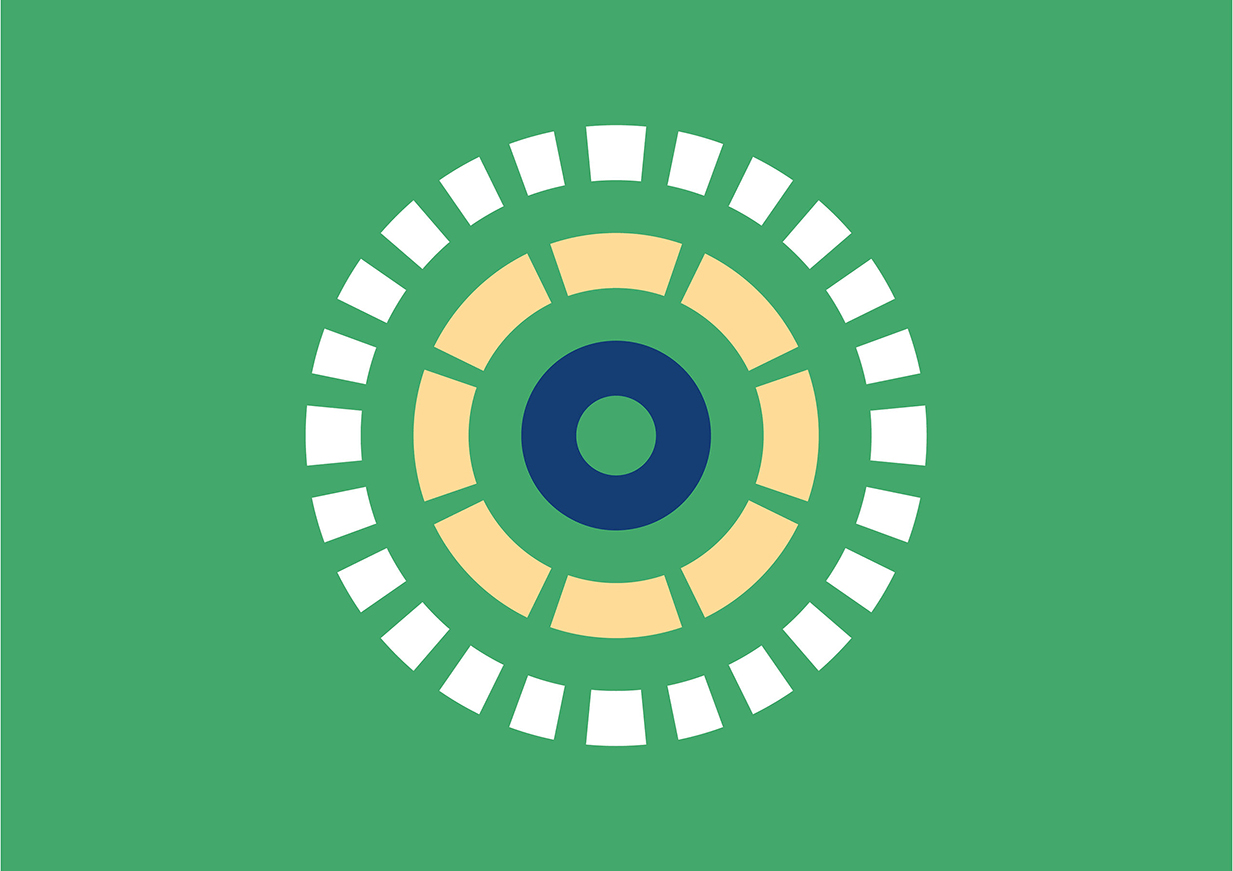Vosoritide is in clinical development for the treatment of achondroplasia. Achondroplasia represents the most common form of short-limb dwarfism, a condition where the bones in the arms and legs do not form properly and are shorter than normal. Patients with achondroplasia have a short stature, an enlarged head with a prominent forehead, bowed legs, ear problems, respiratory issues, compression of the spinal cord, as well as short fingers, toes, lower legs and upper arms. No pharmacologic therapies have been approved for achondroplasia in the EU.
In patients with achondroplasia, the gene FGFR3 is permanently 'switched on', and this prevents the normal growth of bones, ultimately leading to bones that are shorter than normal. Vosoritide works by attaching to a receptor called natriuretic peptide receptor type B (NPR-B) on the surface of cells, which is thought to 'switch off' the activity of FGFR3. This is expected to stimulate the normal growth of bones, thereby improving the symptoms of the disease. If licenced, vosoritide will offer a therapy option for patients with achondroplasia who currently have no effective treatment available.
